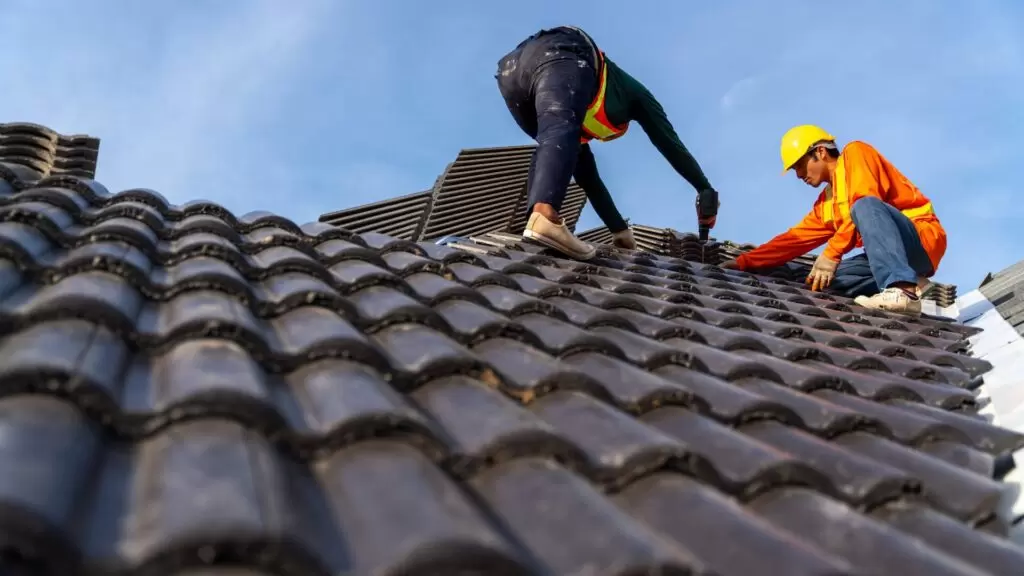Why is Your Commercial Roof Leaking?

A leaking roof can disrupt business operations and cause significant damage to your commercial property. This guide explores common causes of commercial roof leaks and provides valuable tips for prevention.
Common Causes of Commercial Roof Leaks
While various factors can contribute to roof leaks, some of the most common causes include:
Ponding Water
Ponding occurs when water accumulates on flat roofs due to inadequate drainage. This can lead to:
- Membrane damage: The constant pressure of standing water can weaken and puncture the roofing membrane.
- Vegetation growth: Stagnant water can encourage the growth of vegetation, which can further damage the roof.
- Structural issues: Excessive weight from pooled water can put undue stress on the roof structure.
For more on preventing ponding, check out this helpful guide on roof drainage solutions.
Damaged Membrane
The roofing membrane is the primary barrier against water intrusion. Damage to the membrane can occur due to:
- Weather conditions: Extreme temperatures, high winds, and hail can cause cracks and tears in the membrane.
- Foot traffic: Heavy foot traffic on the roof can puncture or damage the membrane.
- Aging and deterioration: Over time, the membrane can degrade due to exposure to the elements.
For tips on protecting your roof from extreme weather conditions, visit this article on roof protection.
Improper Sealing
Inadequate sealing around penetrations such as pipes, vents, and skylights can allow water to seep into the building. Check out this post on sealing roof penetrations for more information.
Damaged Flashing
Flashing is the material used to seal joints and transitions on the roof. Damaged or improperly installed flashing can create pathways for water intrusion. For a detailed look at proper flashing installation, read more here.
Aging and Deterioration
All roofs have a finite lifespan. As the roof ages, it becomes more susceptible to leaks due to wear and tear, material degradation, and exposure to the elements.
For information on the lifespan of different roofing materials, see this article on roof longevity.
Preventing Commercial Roof Leaks
Regular roof inspections and proactive maintenance are crucial for preventing leaks and extending the lifespan of your commercial roof:
- Regular Inspections: Schedule regular roof inspections by qualified professionals to identify and address potential problems early on. Learn more about commercial roof inspections.
- Proper Drainage: Ensure proper drainage to prevent water from pooling on the roof surface. Check out this guide on roof drainage systems.
- Regular Cleaning: Remove debris and vegetation from the roof surface to prevent damage to the membrane. For tips on roof cleaning, visit this page on roof care.
- Prompt Repairs: Address any minor issues, such as cracks or punctures, promptly to prevent them from escalating. Here’s a guide on roof repairs.
- Professional Installation: Ensure your roof is installed by experienced and qualified roofing professionals using high-quality materials. Visit Freeman Roofing for more about our installation process.
Choose Freeman Roofing for Expert Commercial Roof Solutions
Freeman Roofing has decades of experience in providing high-quality commercial roofing services. Our team of experts can help you prevent leaks, extend the lifespan of your roof, and protect your business from costly damage. Contact us today to schedule a professional inspection.
